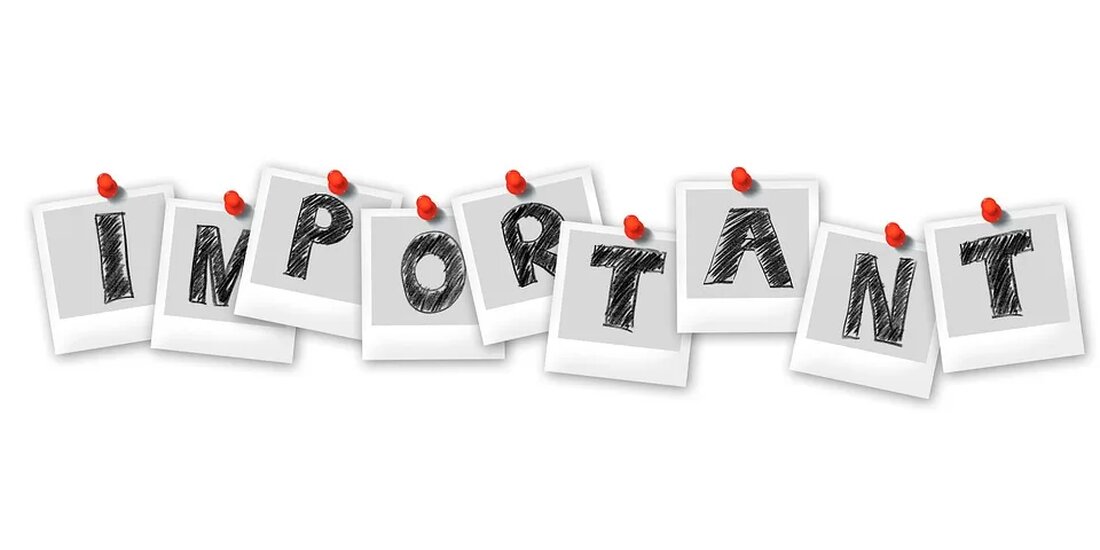Eco labels: what they really mean
In an ever-changing world where awareness of environmental protection, sustainable development and the impact of human consumer behavior is increasing, eco-labels play a crucial role. They help consumers make informed purchasing decisions and help increase demand for products and services that are manufactured or provided with environmental considerations. But do we really understand what these eco-labels mean? This in-depth article will explain in detail the meaning, types and importance of different eco labels. What are eco labels? An eco-label is an environmental symbol affixed to products to indicate that they meet environmental standards set by independent organizations. …

Eco labels: what they really mean
In an ever-changing world where awareness of environmental protection, sustainable development and the impact of human consumer behavior is increasing, eco-labels play a crucial role. They help consumers make informed purchasing decisions and help increase demand for products and services that are manufactured or provided with environmental considerations. But do we really understand what these eco-labels mean? This in-depth article will explain in detail the meaning, types and importance of different eco labels.
What are eco labels?
An eco-label is an environmental symbol affixed to products to indicate that they meet environmental standards set by independent organizations. This not only concerns the environmental footprint of the product itself, but also the entire life cycle of the product - from raw material extraction through production and use to disposal.
Importance of eco-labels
Eco labels have multiple functions and many benefits. On the one hand, they allow consumers to identify products that are less harmful to the environment compared to conventional products. On the other hand, they encourage manufacturers to implement more environmentally friendly manufacturing processes in order to obtain certification and thus increase their sales.
Orientation for consumers
The main function of eco-labels is to help consumers make purchasing decisions. They make it easier to identify products that are environmentally friendly, sustainable and fairly produced.
Promoting more environmentally friendly practices
Eco-labels create an incentive for companies to implement more environmentally friendly practices. Certification can help a company market its products better while making a positive contribution to environmental protection.
Types of eco labels
There are many different types of eco-labels and it is important to understand what they mean in order to make informed purchasing decisions. From organic seals to fair trade logos to symbols for environmentally friendly production processes and recyclable products – the variety is immense.
Organic seal
Organic seals are awarded by a certification body according to certain criteria based on the principles of organic farming. These criteria may restrict or prohibit the use of chemical fertilizers, pesticides or genetically modified organisms. The European organic seal and the German organic seal are examples of this.
Fairtrade labels
Fairtrade labels focus more on socio-economic aspects than on direct environmental aspects. These are awards that go to products that have been manufactured under fair working conditions, at fair prices and often in a sustainable manner.
Label for environmentally friendly production processes
These labels identify products that were manufactured using energy-efficient, resource-saving and/or low-pollutant production processes. A good example of this label is the EU Ecolabel.
Recyclability label
These labels identify products that are either made from recycled materials or are recyclable. The Green Dot is a well-known example of this label.
Challenges and criticism of eco-labels
Despite the many advantages of eco-labels, there are also criticisms and challenges. One of the main criticisms is the potential risk of greenwashing. Some companies tend to portray their products as more environmentally friendly than they actually are.
Greenwashing
Companies may advertise products with eco-friendly features that do not actually exist or have minimal environmental benefit. This can mislead consumers and undermine trust in organic labels.
Lack of transparency and comprehensibility
Another problem is the lack of transparency and comprehensibility of the criteria according to which eco-labels are awarded. Some criteria are complex and difficult to understand for many consumers.
Variety of eco-labels
The multitude of eco-labels that exist can cause confusion among consumers. It's difficult to keep track and understand the differences given the enormous selection of labels.
In order to meet these challenges, a uniform global eco-label is repeatedly called for. This would make it easier for consumers to identify sustainable products, strengthen the credibility of eco-labels and make greenwashing more difficult.
Eco labels can make a significant contribution to promoting sustainability and environmentally conscious consumption. But it is also important that consumers understand the meaning of the different eco-labels and shop responsibly. Ultimately, conscious consumption is one of the most effective ways to have a positive impact on our planet.

 Suche
Suche
 Mein Konto
Mein Konto
